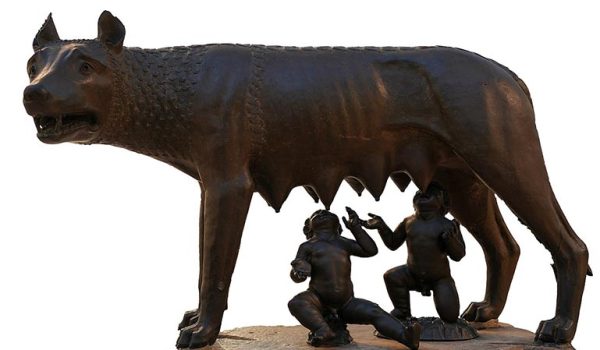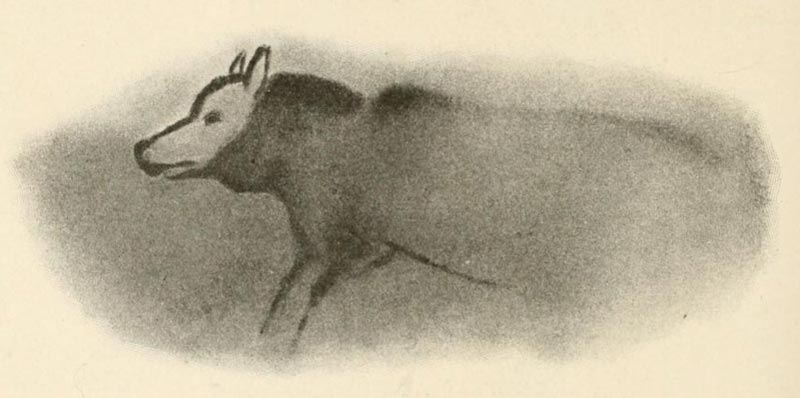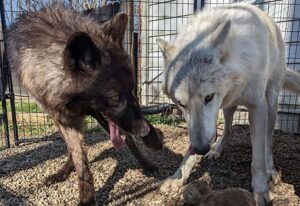
We’re frequently asked why we chose wolves as Ambassador Animals for conservation education and the answer is a little more complicated than, “we think they’re cool,” which is also true.
Our approach seems very species-specific but our overall goal during program events is to highlight the ecosystems we share with other species and since wolves have the largest natural range of any land-based mammal (next to humans) that means we have the opportunity to talk about a larger range of ecosystems and common interconnected systems.
Let’s be real, it is more than just their range that made wolves a fit for our programming – wolves have captivated humans for centuries.
Little Red Riding Hood, arguably one of the most popular children’s stories, was thought to have originated as early as the 11th century. The Epic of Gilgamesh, written somewhere between 2100–1200 BC, references a shepherd being transformed into a wolf as punishment for rejecting a goddess’s advances.
Wolves have long made their home in our myths and legends, sometimes as the villainous evil that must be conquered and other times as a symbol of strength and spirituality.


These two facts combined are what led us to believe that wolves as Ambassador Animals may just be the perfect species to spark interest in topics like wildlife conservation, the importance of biodiversity, and ultimately – human impact on ecosystems they inhabit.
We’re excited to share these incredible animals with others but are also very realistic, assuming that there are some people who just aren’t going to care about them regardless of how cool we think they are or how many stories have been written about them over the centuries.
At the end of the day, we just want to engage as many people as we can and share our passion for conservation.